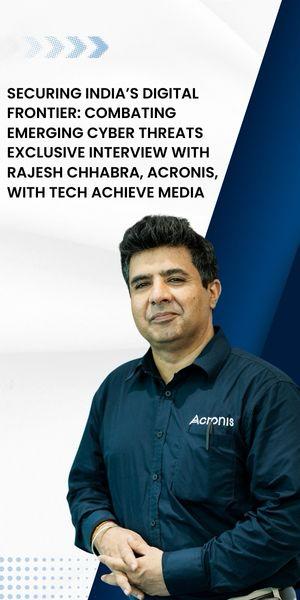Chennai, one of India’s most dynamic metros with over 10 million residents, is undergoing a profound transformation in urban safety and governance. The Chennai Mega City Project, implemented in partnership with the Greater Chennai Police (GCP), is revolutionizing how a metropolis manages surveillance, emergency response and public safety. With a layered deployment of artificial intelligence, IoT, edge computing, drones, GPS-based tracking and cloud first data systems, the city is setting benchmarks for the future of urban policing.
Why Chennai Needed a Mega City Overhaul
Chennai, a fast-growing metropolis with over 10 million residents, has been experiencing unprecedented expansion in mobility, commerce and population density. With millions of vehicles navigating its roads every day and a diverse mix of economic activity, the city addresses these challenges through a comprehensive, tech-driven framework. At its centre is a modern command and control facility that integrates surveillance data, traffic feeds, GPS vehicle tracking and emergency response systems into a real-time dashboard. This “digital nerve centre” enables faster decision-making and smoother coordination across departments.
Building the Digital Nervous System of the City
A new network of more than 1,000 high-resolution IP varifocal cameras has been deployed at critical points across the city. Currently connected via 4G, they will soon transition to 5G networks for greater bandwidth and ultra-low latency in the most sensitive zones. Complementing this fixed infrastructure are seven mobile command centres equipped with vehicle-mounted cameras, rugged laptops, public address systems and surveillance drones. The drones, with 3 axis stabilized cameras and up to 30 km flight range, provide live feeds covering up to four square kilometres per sortie, giving the police aerial awareness during protests, large gatherings and natural disasters.
On the ground, over 750 police vehicles have been fitted with GPS-based tracking devices integrated with the Anti-Vehicle Lifting System. This has allowed dynamic dispatching of patrol units based on proximity and traffic conditions, significantly reducing response times.
The project also established a cloud based Data Centre and Disaster Recovery system to handle the vast amount of surveillance data. On top of this sits an artificial intelligence and machine learning engine with deep learning capabilities. This system detects anomalies, identifies suspicious activity and generates alerts in real time, with around 95% accuracy for both Automatic Number Plate Recognition and facial recognition. The analytics layer now helps address issues ranging from vehicle theft and rash driving to chain snatching, stalking, abduction alerts, vandalism and even indoor suicide detection.
By incorporating edge computing, much of this analysis happens near the source of data, cutting the latency involved in transmitting everything to the cloud. This is critical in fast-moving scenarios such as traffic chases or riots, where seconds matter. The system’s modular architecture also means it can absorb new technologies, including predictive policing models, IoT-based crowd sensors or 5G-enabled officer wearables, as they emerge.
Early results have been encouraging. The city’s Integrated Vehicle Monitoring System, powered by ANPR alerts, is now solving one to two stolen vehicle cases daily. More than 3,200 stolen vehicle records have been entered into the system, with real-time WhatsApp alerts sent to field officers when matches are detected. Continuous monitoring has led to quicker arrests in snatching and abduction cases, while GPS-enabled fleet management has shaved crucial minutes off emergency responses. Drones have enhanced disaster management in flood prone areas, providing predictive mapping capabilities during cyclones.
A Model for India’s Future Cities
For Chennai, the project is not just about deploying new hardware but about redefining the role of technology in public safety across India. By demonstrating how advanced surveillance, AI-driven analytics and cloud first data infrastructure can be combined at scale, the city is positioning itself as a model for urban safety innovation in India.
Challenges remain, particularly around data governance, privacy safeguards and the financial cost of continuous upgrades to 5G and AI systems. Equally important is public trust, citizen engagement and transparency will determine whether such surveillance heavy projects are accepted as tools for safety or seen as overreach.
Even so, the Chennai Mega City Project marks a significant leap in how Indian cities approach urban safety. By harnessing technologies from AI to IoT, from drones to edge computing, the city has built a digital shield to protect its citizens. If sustained and scaled responsibly, this initiative could set a national benchmark and serve as a blueprint for other metros navigating the pressures of rapid urbanization and complex safety demands in the 21st century.
The article has been written by AS Keshav, CEO- KS Smart Solutions









